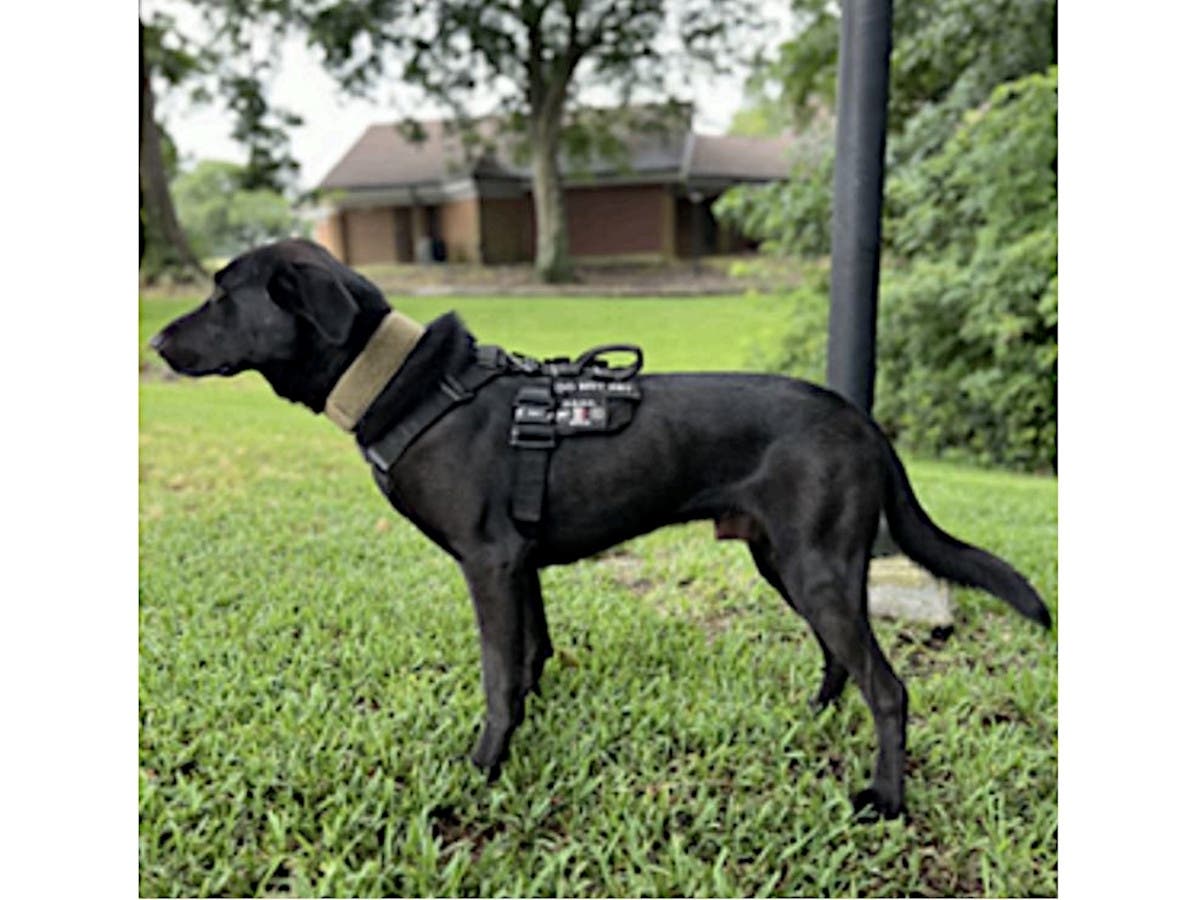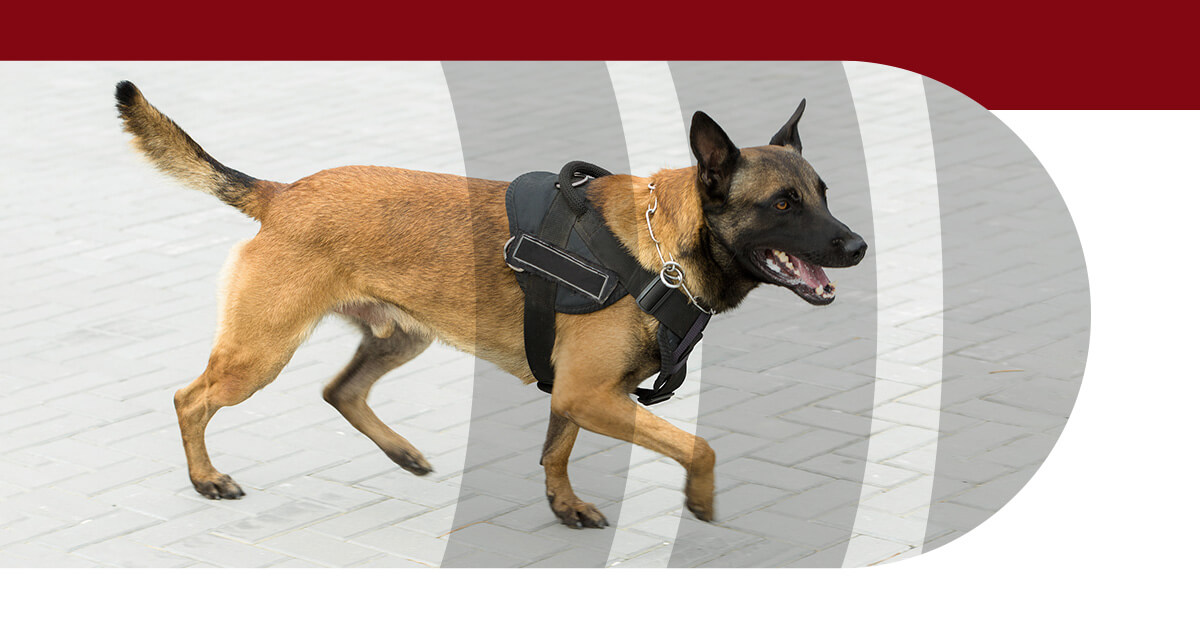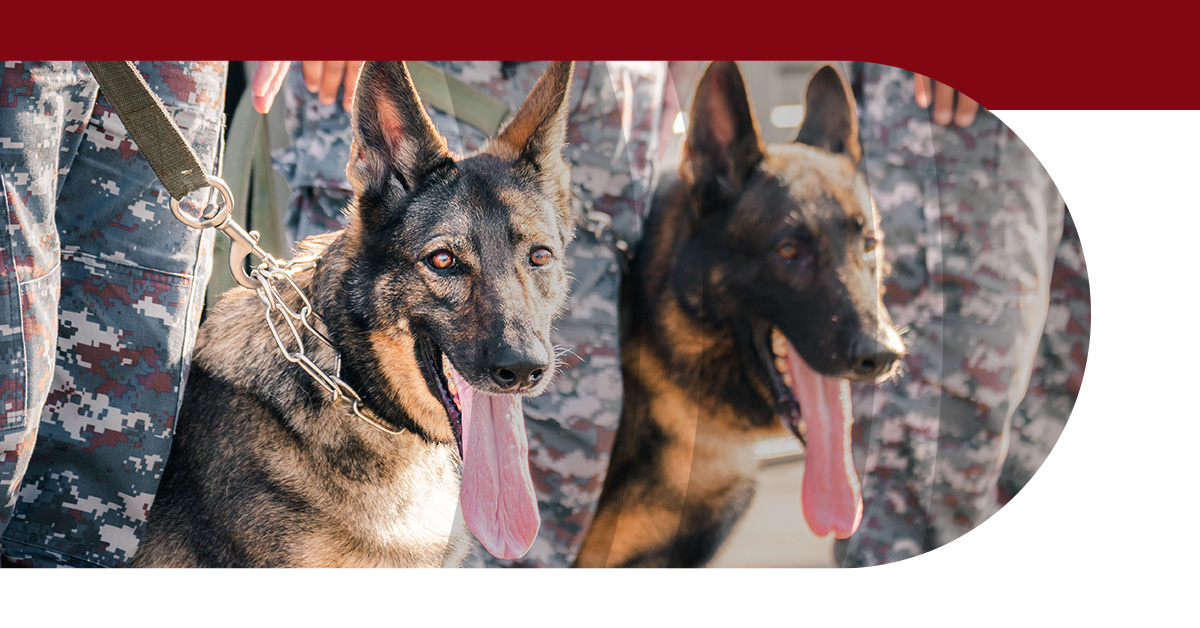News
Does Fentanyl Smell? Is It Detectable by Dogs?

Fentanyl continues to be a leading drug confiscated by the DEA. Last year, the Drug Enforcement Agency confiscated 50.6 million fentanyl pills. One common drug detection method uses drug dogs.
Drug dogs can only detect drugs that have discernable odors. So what does fentanyl smell like? Read on to learn whether drug sniffing dogs can detect synthetic opioids.
Does Fentanyl Smell?
It is well known that drug dogs are trained to sniff marijuana, heroin, and other drugs. But can these canines sniff out fentanyl? First, let's explore what fentanyl is and how dogs sniff the drug out.
Fentanyl is a powerful synthetic opioid. It is like morphine but around 100 times more potent.
The drug was originally used as a prescription drug to help patients with chronic pain. The potency of this drug has made it a leading cause of overdoses in the United States.
Drug dealers began synthesizing the drug due to its potency. Since then, the narcotic has become popular with drug dealers looking to make a profit. As law enforcement became interested in seizing these illicit drugs, the role of drug dogs has become important.
How Do Drug Dogs Smell Fentanyl?
A recent news story from Portland, Oregon, describes how the Medford Police Department certified two dogs to sniff out fentanyl. The officers trained two dogs, named Nacho and Max, who were already working as drug-smelling dogs.
Based on the news story, Max could already sniff out meth, cocaine, and heroin. With the addition of fentanyl, he has up to four detectable drugs.
When dogs smell fentanyl, they are trained to sit and look at drugs. The sign tells their handler to search the area in question.
The dogs are the first in their state that can smell fentanyl, and the police department sees the success as an important one because fentanyl overdoses and deaths are drastically increasing across the country.
The Nose "Knows"
Drug-sniffing dogs are highly trained, but most breeds of dogs are equipped with sensitive senses of smell. Drug dogs are already used by law enforcement at schools, public spaces, and airports to locate drugs and contraband.
Typically, they will paw at the areas where the illicit items are. Or a trainer may train the dog to sit down and not move once they smell something. The process of training these dogs is time-intensive.
Any dog owner will notice that their pet relies on smell more than any other sense. The canine nose works differently than the human nose.
More Receptors
Dogs have up to 300 million olfactory receptors. Humans, by comparison, only have around six million.
More Dedicated Brain Power
Then there is the brainpower behind those senses. A dog's olfactory cortex is about 40 times larger than a human's. This means that more brainpower is dedicated to smelling.
Unique Olfactory Properties
The structure of the human and dog nose varies greatly. You may have noticed that your pooch's nose is always damp — and usually cold!
This shape guides the air as it enters the nostrils. The air is diverted to two separate channels. One is for smelling while the other is for breathing.
When the number of receptors and other factors are considered, dogs have 10,000 to 100,000 times greater sense of smell.
How Do Trainers Train Dogs to Detect Fentanyl?
The method used to train dogs to detect fentanyl and other drugs is straightforward but time-consuming. The first step involves gameplay.
The trainer works with the dog's favorite toy. This can be something as simple as a white unscented towel. The trainer accustoms the dog to finding the hidden toy.
Once the dog is used to the game, the trainer places the drug within the toy. This gives the toy the scent of the drug. The dog then becomes used to associating the drug smell with the toy.
As the training progresses, the trainer hides the toy and lets the dog sniff it out. The dog uses its keen sense of smell to do this. When the dog finds the toy, the trainer rewards the dog with a treat or petting.
As the dog becomes more adept at finding the toy, the trainer places the toy in harder and harder-to-find spaces. For the dog, everything is a game.
SHAPE SIGNAL METHOD
Another method trainers use to train dogs to find fentanyl is the shape signal method. This method relies on hand signals or a special clicker device to train the dog to find synthetic opioids.
The earliest stages use simple verbal commands like "bow" or "sit." Once the dog knows to sit at this command, the trainer exposes the dog to a sample scent of the drug.
The trainer rewards the dog after the dog sits when it smells the intended drug scent. Over time, the dog learns to associate sitting with the drug. The reward part reinforces that behavior.
As with the earlier method, the training continues when the trainer hides the item in harder-to-find areas. The trainer has to be careful not to reward the dog unless it finds the correct scent.
The last stages of training rely on hard-to-reach spots. Drugs may be placed in containers, for example.
Learn More Facts About Fentanyl
As we've explored, dogs can be trained to sniff out fentanyl just like they would other drugs. Does fentanyl smell? For highly trained dogs, the answer is yes.
Are you looking for highly trained dog narcotic detection services? Our trained dogs can detect explosives, contraband, and drugs. To learn more, contact our team today at 855-561-3647.










